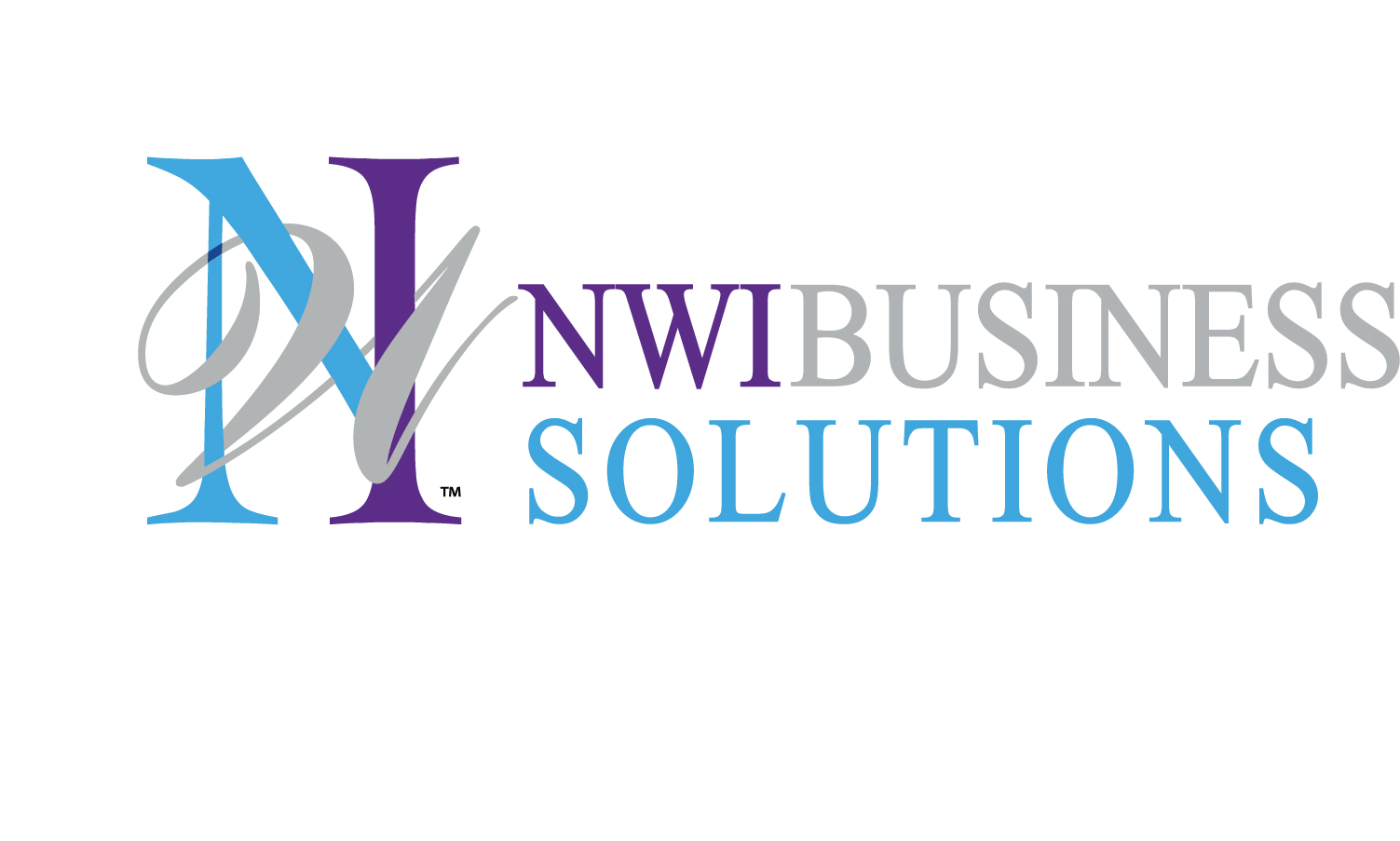Let’s be honest, most advertising is unremarkable. How many ads do you actually remember? Perhaps you remember a specific ad but not the advertiser?
The world is saturated with nondescript marketing. There are many reasons for this, not the least of which is an overreliance on worn-out formulas and strategies. Another is a fear of change.
Marketers tend to be risk averse – usually for good reason. After all, failed campaigns can lead to financial loss for clients and job loss for the marketing team or agency. It’s just easier and less risky for all concerned to play it safe.
Overloaded and Oversaturated
The competition for consumer attention is increasing and it is becoming harder and harder for companies, brands, or products to break through the clutter.
Consumers are experiencing sensory overload and tune out a good portion of the marketing they are faced with every day. In the 1970s, it was estimated that Americans were exposed to a few hundred ads, brand messages, and logos per day. Today, depending on the platforms a person may use, that number may reach into the thousands.
Think for a moment about the marketing messages you are exposed to daily. You get ready for work while listening to the radio, use name-brand toiletries, see the labels on your clothes, turn on the TV, and open your pantry that is full of branded food products. This is even before you read the news, open Facebook, or drive to work.
Playing it safe in today’s oversaturated advertising marketplace often leads to disappointing results. Marketers and the companies they work for must be bold in their approach or risk getting lost in the clutter and becoming irrelevant.
Fortune Favors the Bold
What does it mean to be bold exactly? Do you pursue a high-risk strategy, defy convention, or use humor to gain attention? All of these can be viable options.
Many companies, for example, have found success by integrating social activism and injecting humor into their marketing.
Social Activism
Consumers today appreciate companies that are authentic, engaged, and responsible. This presents opportunities for companies to associate with causes and movements – in other words, to take a stand on important issues of the day.
Regardless of the cause or issue a company may choose to support, that support must be authentic. Paying lip service to a cause without taking concrete action is likely to backfire.
Of course, there is always a risk when companies take a stand. A segment of consumers may take offense or actively criticize the company. While some consumers may be put off, others will appreciate the stand. The key for any company is to understand what issues are important to their customers (or to the customers they wish to attract).
Humor
Humor can be a highly effective advertising technique. For proof one only has to look at the once stodgy insurance industry. For decades, insurance ads mostly kept to the same basic formula. There were many depictions of happy families with a soothing, authoritative voiceover praising the security that insurance can provide.
That all changed with the debut of GEICO’s Gecko character commercials in 1999. Prior to its debut, GEICO was the eighth-largest auto insurer with a meager 2% market share. Thanks to the ads and consistent messaging, they are now one of the three largest auto insurance companies in the U.S. along with State Farm and Progressive.
Today, nearly every insurance company seems to be using humor to attract attention. The aforementioned State Farm and Progressive along with Liberty Mutual, Aflac, Nationwide, and Allstate are prime examples.
GEICO made a decision to go bold with humor and it paid off many times over. Using humor can also go wrong. Again, the key for any company is to understand their audience and how far they can push the boundaries of their brand.
Taking Risks vs. Being Risky
Being bold involves some element of risk. However, there is a difference between taking risks and being risky. Success lies in taking risks in a calculated manner using best practices.
Marketers should never act impulsively or simply “jump on the bandwagon”. Any marketing plan that pushes boundaries should be based on research and a deep understanding of the customers or the potential customers that a company wants to reach.
Be Bold
Don’t be a victim of ho-hum marketing. For ideas on how to go bold with your marketing reach out to the experts at NWI Business Solutions.


Recent Comments